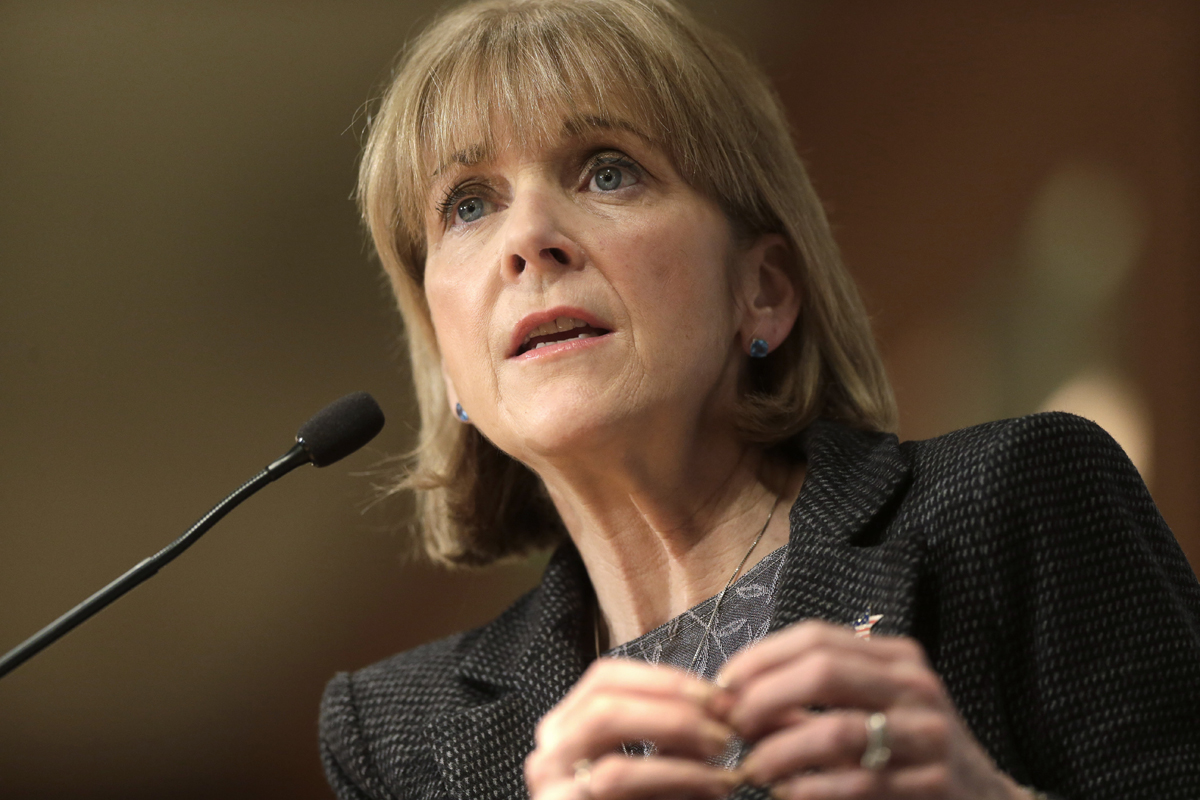It’s the Countdown to the Massachusetts Caucuses

Photo via AP
Saturday, February 8, is the start of the month-long Democratic Party caucus window, and a very large number of local committees have scheduled their caucuses for that first day. What happens at those and the subsequent gatherings will go a long way in determining who fills the state’s statewide constitutional offices for the next four years.
But I’m getting a sense that the theme to this year’s caucuses might end up being “still to be determined.”
I am not going to try to explain exactly how the system works—because only the truly deprived understand it—but I can give you the overview: At 517 caucus meetings throughout the Commonwealth, Democratic activists will elect 3,856 delegates (and 1,514 alternates) to the state convention. More will be selected later as needed to fill in diversity numbers. Plus, a whole bunch of elected officials and committee members get to be delegates automatically.
In total, roughly 5,500 to 6,000 delegates will be able to vote at the June 14 convention in Worcester. They vote on all of the statewide races, and there are two big things at stake. First, candidates must receive 15 percent of the vote (on the first ballot) to qualify for the primary ballot. Second, a candidate who gets a majority of the vote (on first or subsequent ballots) receives the official party endorsement.
Underdog candidates hoping to reach that 15-percent mark at the convention must try to get supporters to run for delegate at all these different caucuses, and get enough of their supporters to show up at those caucuses to elect those delegates. Juliette Kayyem, for example, has seven field organizers across the state coordinating that effort. If it goes badly, she might drop out of the race this Spring. But if it goes well, she’ll be on her way to that 15 percent and a spot on the ballot—which, in turn, will convince others of her viability, which will increase her fundraising and media coverage, and so on.
But what does it mean to do well or poorly?
In theory, doing well is a simple math problem. If there are 5,500 to 6,000 potential votes; 15 percent of the vote is close to 900 delegates. So, that’s how many supportive delegates you need elected at the caucuses to feel safe.
But in reality, it’s not nearly that simple. There are no binding pledges of support. Although some candidates, in some locations, will have “slates” of delegates running, my sense so far is that, for the most part, it will be far less formal this go-’round, even for top-level candidates like Martha Coakley and Steve Grossman—both of whom should have plenty of support to clear 15 percent without wasting a lot of effort, and neither of whom necessarily want to spend that effort trying to game the convention.
Meanwhile, a lot of caucus-goers will be diehard activists who will show up despite not yet getting enthused about individual candidates. Others will come to support various down-ballot candidates, but have no preference in the gubernatorial race (and vice-versa).
What I’m getting at is that it can be difficult for candidates to know—let alone convince others—whether they have smooth sailing to a ballot spot; have a real shot if they can persuade more delegates over the coming months; or should pack it in and leave the field of battle.
But, as I mentioned at the top, a fair amount will be known 11 days from now, because so many committees have scheduled their caucuses for the first day—160 of the 517, according to Massachusetts Democrats executive director Matt Fenlon. Nearly 40 percent of that initial round of delegates will be chosen that day—1458 delegates and 485 alternates.
At the end of next Saturday, much will be undetermined—and there will still be four months to the convention, seven months to the primary, and nine months to the final election. But some candidates will likely have a pretty good idea that day what the future holds for them.

